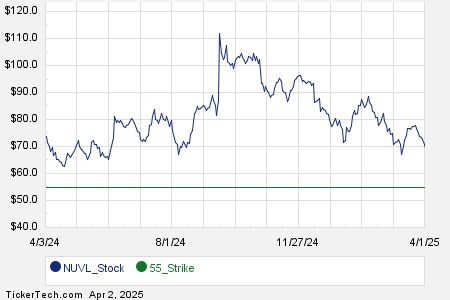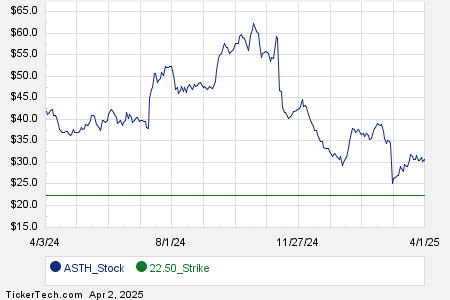Coffee Prices Recover as Market Responds to Weather and Supply Concerns
May arabica coffee (KCK25) increased by +5.50 (+1.45%), while May ICE robusta coffee (RMK25) rose by +57 (+1.08%) today. Coffee prices have bounced back from two-month lows, supported by short-covering in futures driven by weather concerns in Brazil. Somar Meteorologia has predicted limited rainfall in Brazil’s coffee-growing regions over the next week to ten days.
Today’s rally in coffee prices followed a strengthening Brazilian real (^USDBRL), which reached a one-week high against the dollar. This currency move has diminished export selling pressure from Brazil’s coffee producers.
Recent Price Trends and Forecasts
Coffee prices have shown defensive trends over the past week, with arabica futures hitting a two-month low and robusta futures falling to a two-and-a-quarter month low. This downturn had previously stemmed from decreasing worries about dryness in Brazil. In its report on March 29, Somar Meteorologia revealed that Brazil’s key arabica region, Minas Gerais, received 31.1 mm of rain, or 114% of the historical average for that week.
Support for coffee prices is emerging as Cooxupe, the largest arabica coffee co-operative in Brazil, noted that high temperatures along with below-average rainfall last month could negatively impact coffee yields this year. As the world’s largest arabica coffee producer, Brazil’s output is closely monitored. Additionally, arabica inventories are tightening, with ICE-monitored stockpiles dropping to a one-and-a-half month low of 770,476 bags on Monday.
Supply Concerns and Export Data
Fears about supply disruptions are bolstering coffee prices. CeCafe indicated a 12% year-over-year decline in Brazil’s green coffee exports for February, totaling three million bags. Furthermore, on January 28, Brazil’s government crop forecasting agency, Conab, predicted that the country’s coffee harvest for 2025/26 would decrease by 4.4% year-over-year to a three-year low of 51.81 million bags. Conab also revised its 2024 coffee crop estimate down by 1.1% to 54.2 million bags from a previous estimate of 54.8 million bags.
On a negative note, Marex Solutions predicted on March 7 that the global coffee surplus for the 2025/26 season could expand to 1.2 million bags, a sharp increase from the 200,000 bags surplus forecasted for the 2024/25 season.
Robusta Market Conditions
Increased global coffee supplies have bearish implications for robusta coffee prices. Marex Solutions anticipates that Vietnam’s robusta production will rise to 28.8 million bags, up 7.9% year-over-year, while Brazil’s output is projected to increase to 25 million bags, a rise of 13.6% year-over-year. Also, robusta coffee inventories monitored by ICE achieved a seven-week high last Tuesday with 4,414 lots.
Long-term concerns persist, with the impact of last year’s El Niño affecting coffee crops in South and Central America. Drought conditions in Brazil have led to below-average rainfall since April, harming coffee trees during critical phases and reducing the outlook for the 2025/26 arabica crop. Currently, Brazil is experiencing its driest weather since 1981, according to the natural disaster monitoring center Cemaden. Colombia, the second-largest arabica producer, is also recovering from last year’s drought.
Production Challenges in Vietnam
Robusta coffee prices remain underpinned by declining output. Vietnam’s coffee production for the 2023/24 crop year dropped by 20% to 1.472 million metric tons, resulting in the smallest harvest in four years. Vietnam’s General Statistics Office reported a 17.1% year-over-year decrease in coffee exports for 2024 to 1.35 million metric tons. Additionally, on March 12, the Vietnam Coffee and Cocoa Association lowered its production estimate for the 2024/25 crop year to 26.5 million bags from a prior estimate of 28 million bags.
Latest Export Data and Market Insight
Concerns regarding larger global coffee exports add bearish pressure on prices. According to Conab, Brazil’s coffee exports for 2024 rose by 28.8% year-over-year, reaching a record 50.5 million bags. Meanwhile, Vietnam’s coffee exports in February surged by 6.6% year-over-year to 169,000 metric tons. However, the International Coffee Organization noted a 12.4% decline in global coffee exports in December, totaling 10.73 million bags, while overall October to December exports fell by 0.8% year-over-year to 32.25 million bags.
The USDA’s biannual report, released on December 18, presented a mixed picture for coffee prices. The Foreign Agriculture Service projected a 4% increase in worldwide coffee production for 2024/25 to 174.855 million bags, with arabica production increasing by 1.5% to 97.845 million bags and robusta production rising by 7.5% to 77.01 million bags. The USDA also forecasts a drop in ending stocks for 2024/25, reducing to a 25-year low of 20.867 million bags from 22.347 million bags in 2023/24.
For the 2025/26 marketing year, Volcafe on December 17 reduced its Brazil arabica production estimate significantly to 34.4 million bags, down around 11 million from its September estimate following a crop tour assessing drought severity. Volcafe anticipates a global arabica deficit of 8.5 million bags in 2025/26, deepening from a 5.5 million bag deficit in 2024/25, marking the fifth consecutive year of production deficits.
On the date of publication, Rich Asplund did not have (either directly or indirectly) positions in any of the securities mentioned in this article. All information and data presented in this article are for informational purposes only. For more information, please view the Barchart Disclosure Policy
here.
The views and opinions expressed herein are the author’s and do not necessarily reflect those of Nasdaq, Inc.


